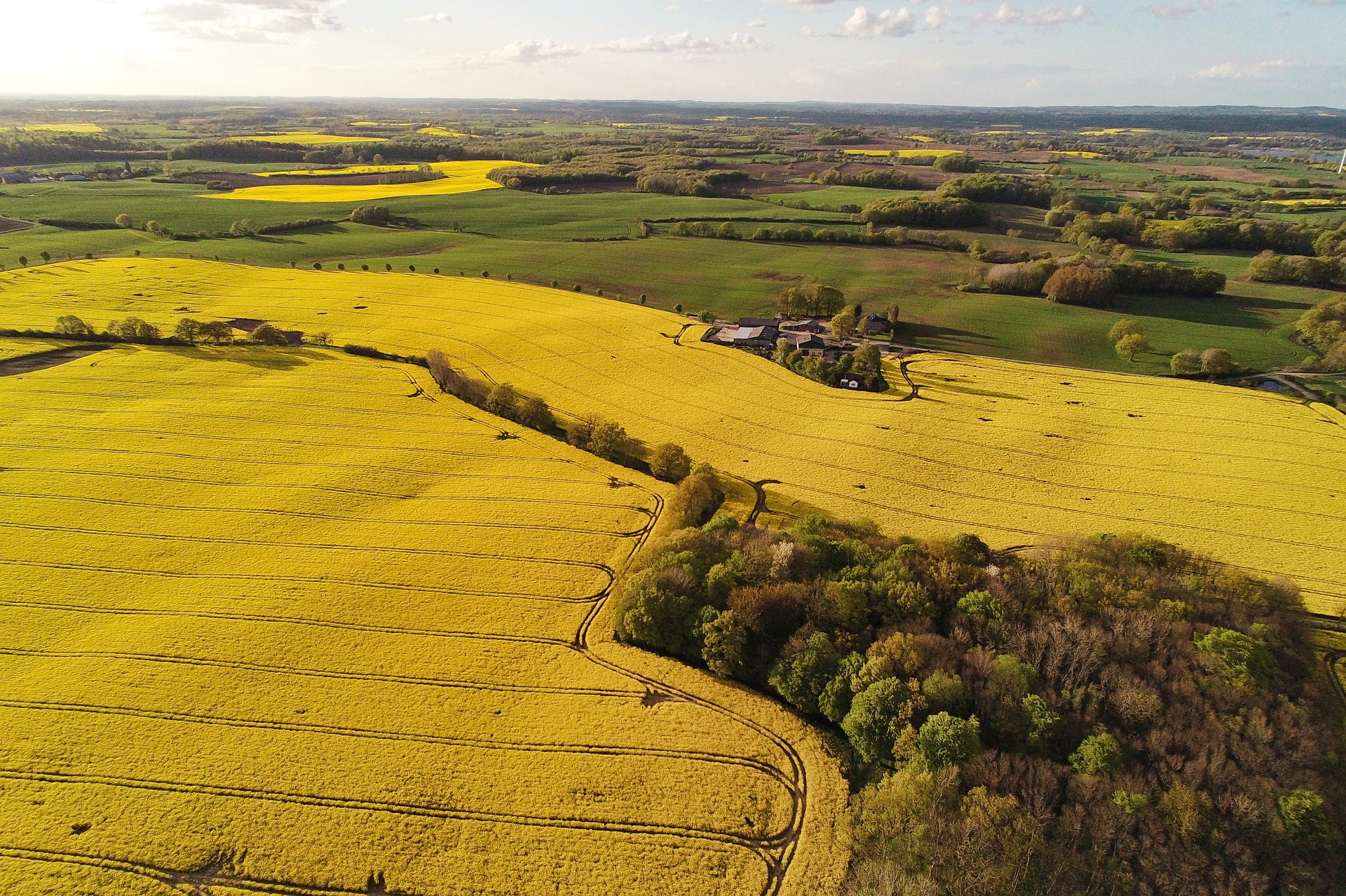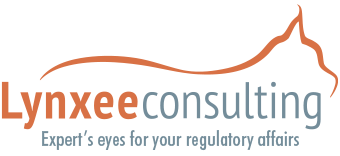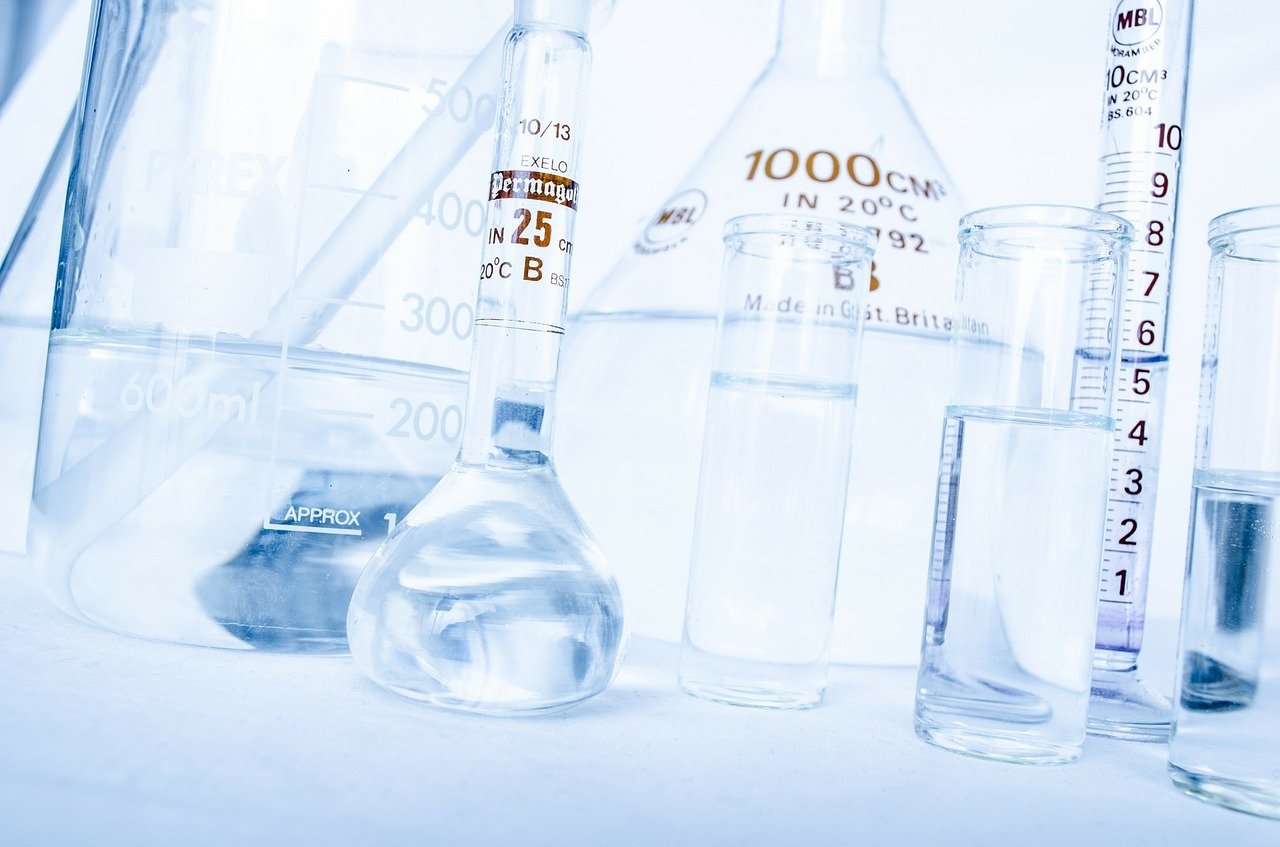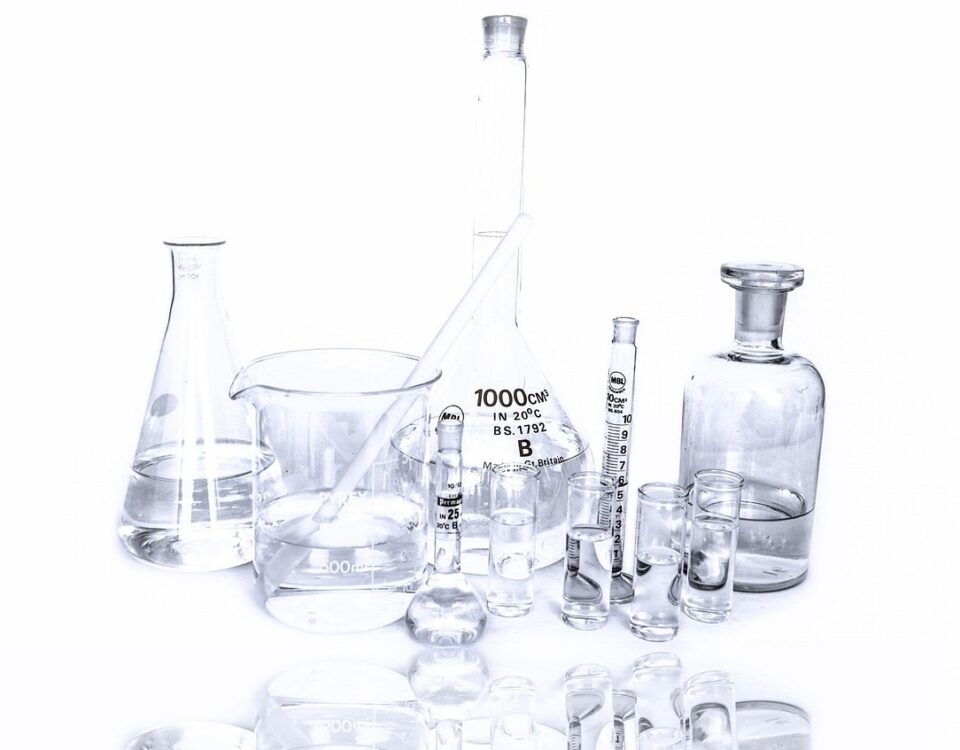
EUROPE: Update of guidance document on zonal evaluation, mutual recognition, withdrawal and amendment of authorisations
26 February 2021
EUROPE – EFSA: Guidance document on active substance applications for approval and renewal and on MRL applications
12 March 2021On 24 February 2021, the European Commission has published a new guidance document (SANTE/2020/12830, Rev.1) on pesticide analytical methods for risk assessment and post-approval control and monitoring control.
This document has been finalised in the Standing Committee on Plants, Animals, Food and Feed (SCoPAFF – section Phytopharmaceuticals – Pesticides Residues) on 22-23 February 2021. It supersedes guidance documents SANCO/3029/99 (requirements for analytical methods used in pre-registration for risk assessment) and SANCO/825/00 (requirements for analytical methods for post-approval control and monitoring purposes) and is applicable since 01 March 2021.
The main directives of these two previous documents are restated, but further details and explanations have been included. New points are also developed:
- Possible use of isotopically labelled internal standard for methods using mass spectrometry as detection system.
- If a hydrolysis step is necessary (if esters, amides and/or conjugates are included in the residue definition and that the structures of the conjugates are unknown or no conjugate standard is available), the efficiency of hydrolysis step must be demonstrated.
- Individual recovery data must be detailed in addition to mean recoveries for each matrix and each fortification level.
- Further explanations on matrix effects and mathematical formula to calculate them.
- For the analytical calibration, the suitability of the chosen function should preferably be demonstrated by a residual analysis rather than reporting the coefficient of correlation (r) or determination (R²).
- The limit of detection (LOD) must be determined and correspond to the lowest calibration standard (preferably in matrix) rather than calculated from the signal-to-noise ratio in control samples.
- Examples for acceptable/non-acceptable deviations of an independent laboratory validation (ILV) from the primary method.
- Stability of the extracts and standards must be demonstrated.
- Extraction efficiency must be demonstrated in accordance with the guidance document SANTE 2017/10632 Rev. 3.
- For the post-approval control and monitoring methods, the following are now required:
- the determination of the residues in honey (primary method + confirmatory method + ILV);
- an ILV for the determination of residues in drinking water or groundwater;
- an analytical method for the determination of residues in body fluids and tissues, regardless the toxicological classification of the active substance and/or metabolites (primary method + confirmatory method).
Appendix 1 lists all foodstuffs of plant origin and processed commodities and the group of matrices associated with them (high-water, high-acid, high-oil, dry or difficult to analyse commodities) and Appendix 2 gives an overview of methods required.
To download:
Lynxee consulting’s team is at your disposal to answer your questions.
Contact us! https://lynxee.consulting/en/contact/


